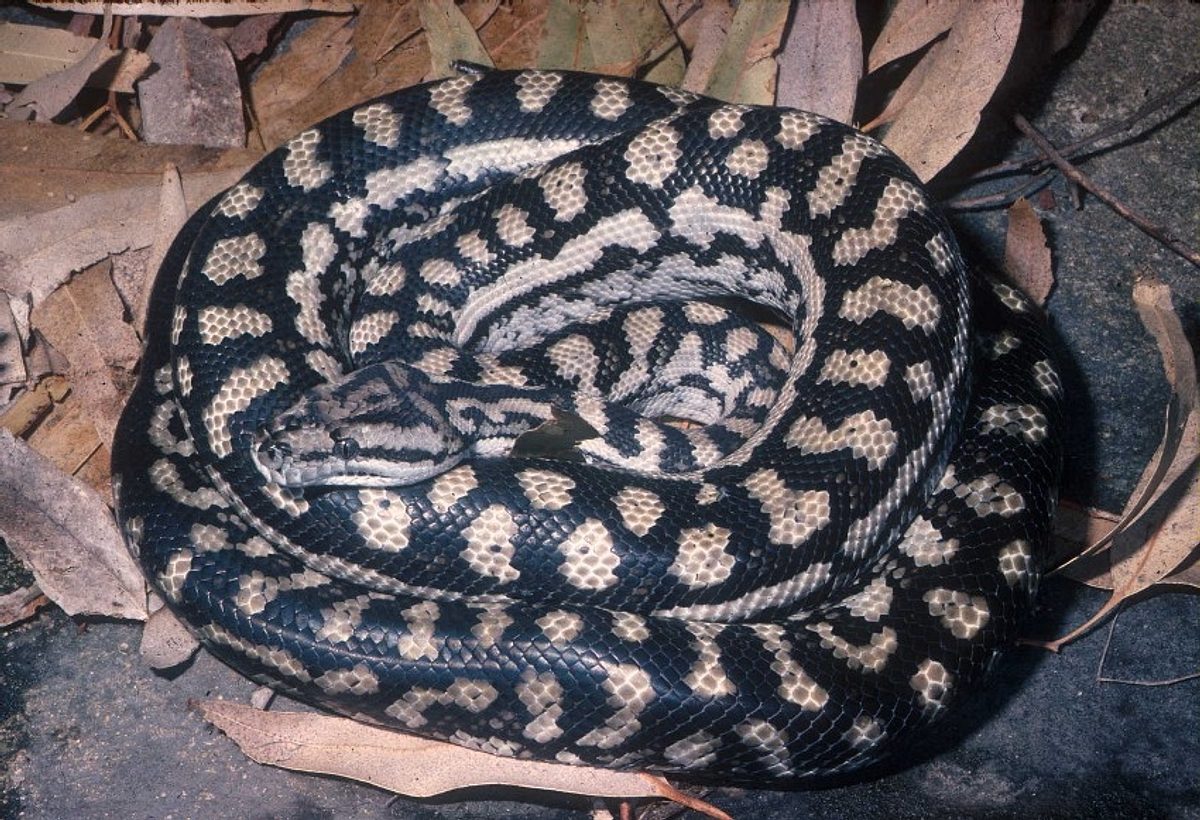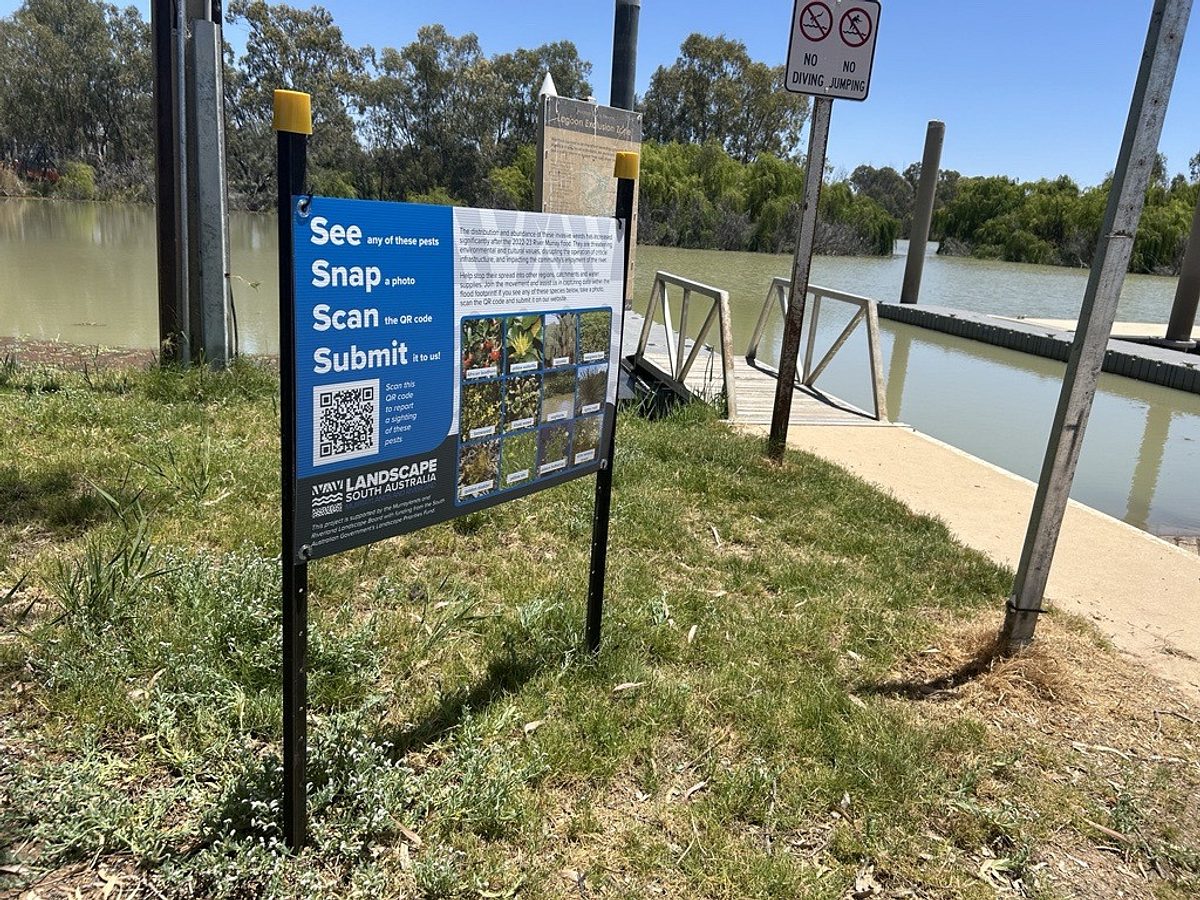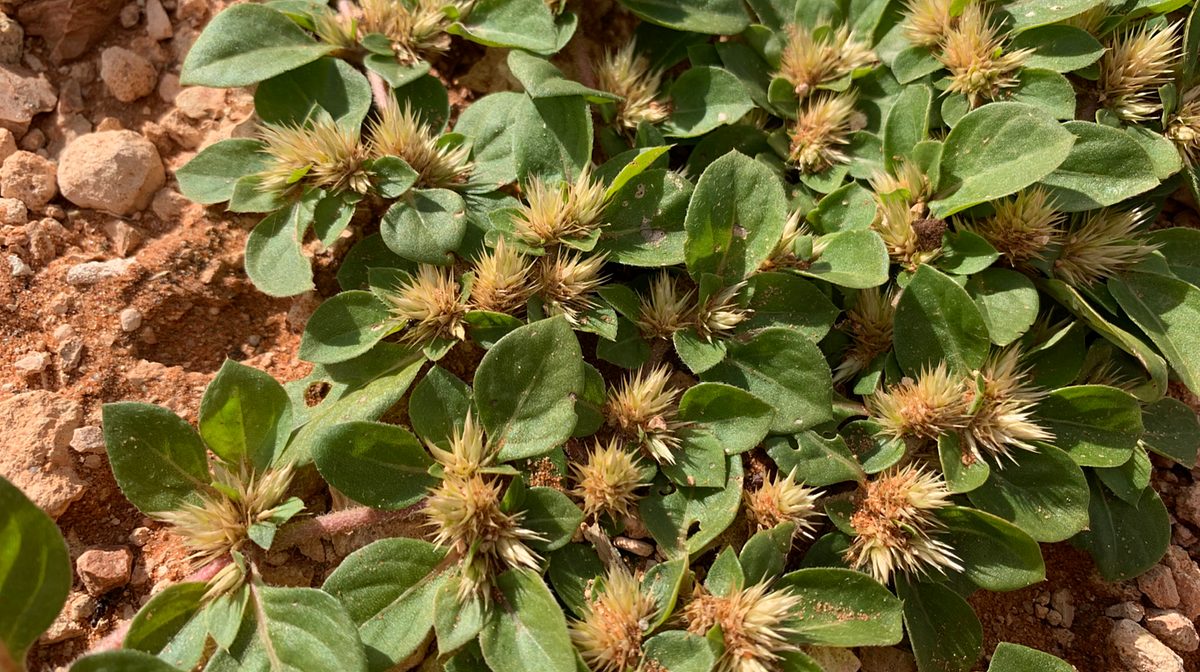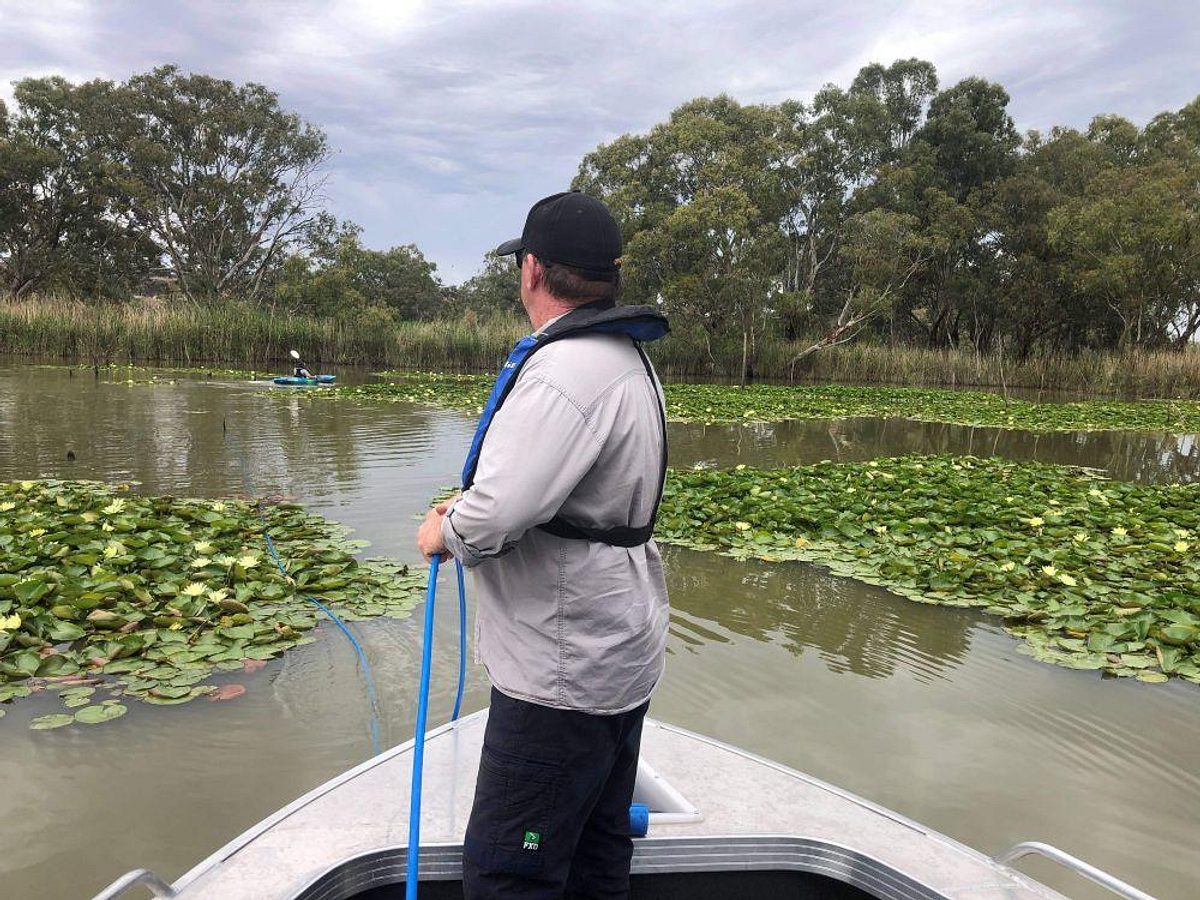Love the Murray-Darling Carpet Python this Valentine’s Day
The Murraylands and Riverland Landscape Board is asking members of the public to swipe right on the Murray-Darling carpet python this Valentine’s Day.
This rare, native python was once common across south-eastern Australia including many areas of the Murraylands and Riverland. Land clearance, fragmentation and illegal poaching have had a significant impact on the number of Murray-Darling carpet pythons in the region.
Today, they are classified as Rare.
Supported by funding from the landscape levies, the landscape board is launching a new 3-year project to learn more about the number and habits of Murray-Darling carpet pythons in the region. Landscape board Ecologist Mel Burford is calling for members of the community to support the project by recording Murray-Darling carpet python sightings.
“The community can play a vital role in the conservation of this species by keeping an eye out for Murray-Darling carpet pythons, and logging sightings online”.
“We need your help to support the conservation of this species. You can help by recording sightings of Murray-Darling carpet pythons online and together we can develop a better picture of the number and geographical spread of pythons in the region,” she added.

While many people find snakes and pythons to be less than charming, Ms Burford said that there is much to love about the Murray-Darling carpet python.
“Murray-Darling carpet pythons are non-venomous, beautifully patterned, typically timid and pose little to no threat to people. In fact, they do valuable work by eating rodents and rabbits, helping to preserve natural ecosystems for native species”.
“The community is encouraged to keep an eye out for pythons in the wild, particularly if you’re spending time along the river and backwaters,” she added.
Murray-Darling carpet pythons are most commonly spotted on the ground, in vegetation, near waterways, rocky outcrops, warrens, in tree hollows, trees, and pump sheds and even crossing roads. Historically sightings have concentrated around the river corridor from Blanchetown to Mannum and inland from Palmer, Rockleigh, Sandleton and Saunders Gorge.
“If you do come across a Murray-Darling carpet python, leave a safe distance so you don’t alarm it. Take a photo if it is safe to do so and record your sighting through our website”.
Murray-Darling carpet pythons are strikingly patterned with silver, black and even maroon patches. On average, they are around 2.4m in length and are semi-arboreal meaning they live both in trees and on the ground.
Future Focus for Python Conservation
As well as painting a picture of the number and locations of Murray-Darling carpet pythons in the region, the landscape board’s project also aims to develop a better understanding of the ecological requirements of the species.
Landscape board ecologists will use community-generated sightings to form an idea of preferred habitat types, and then research critical habitat components that Murray-Darling carpet pythons may utilise as safe brooding sites and as refuge during winter.
“Having a better idea of what habitat types the Murray-Darling carpet python requires - throughout the seasons and their lifecycles - will help to guide future conservation measures to ensure that this species is protected into the future”.
This project is supported by the Murraylands and Riverland Landscape Board through funding from the landscape levies.


